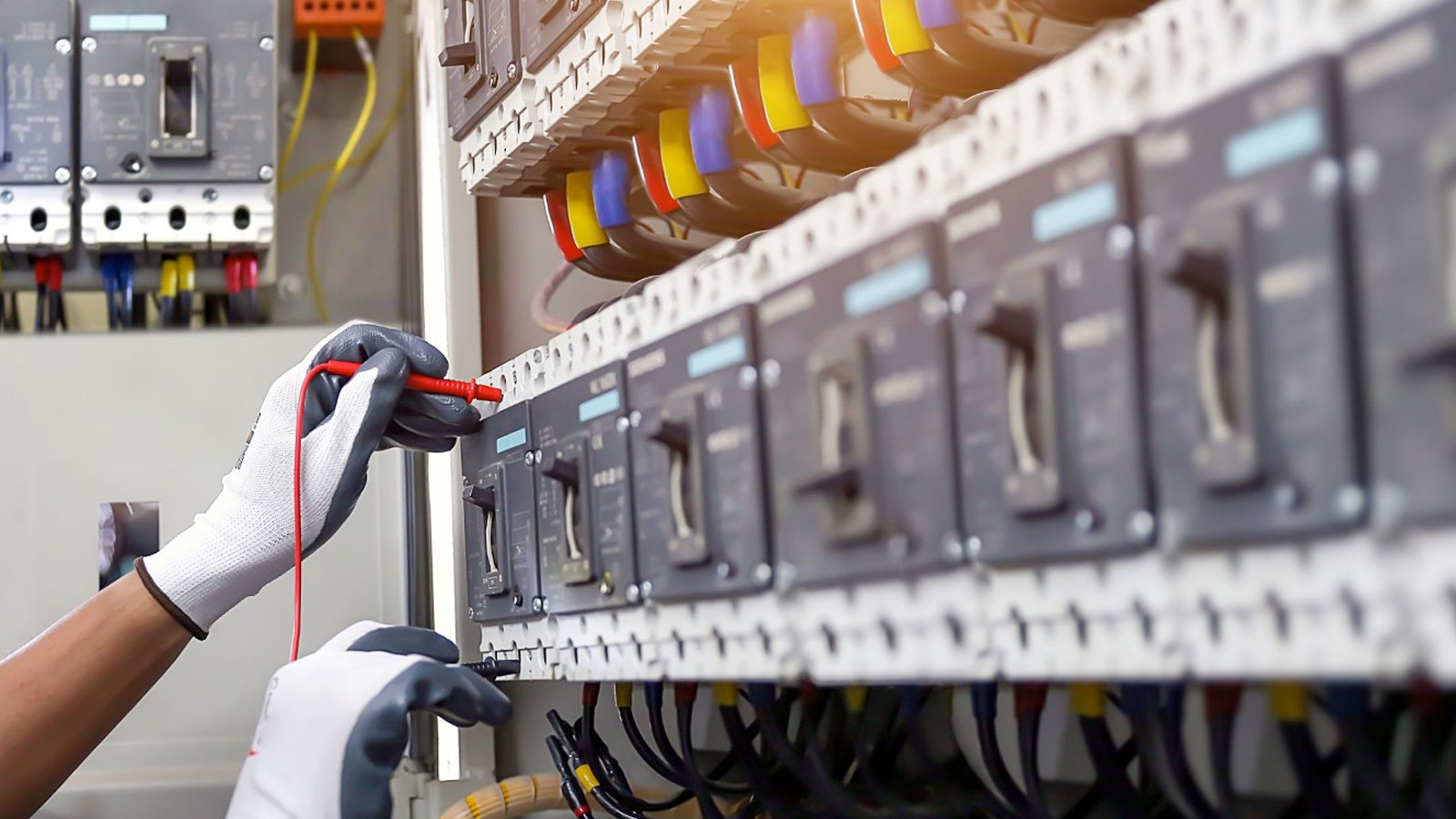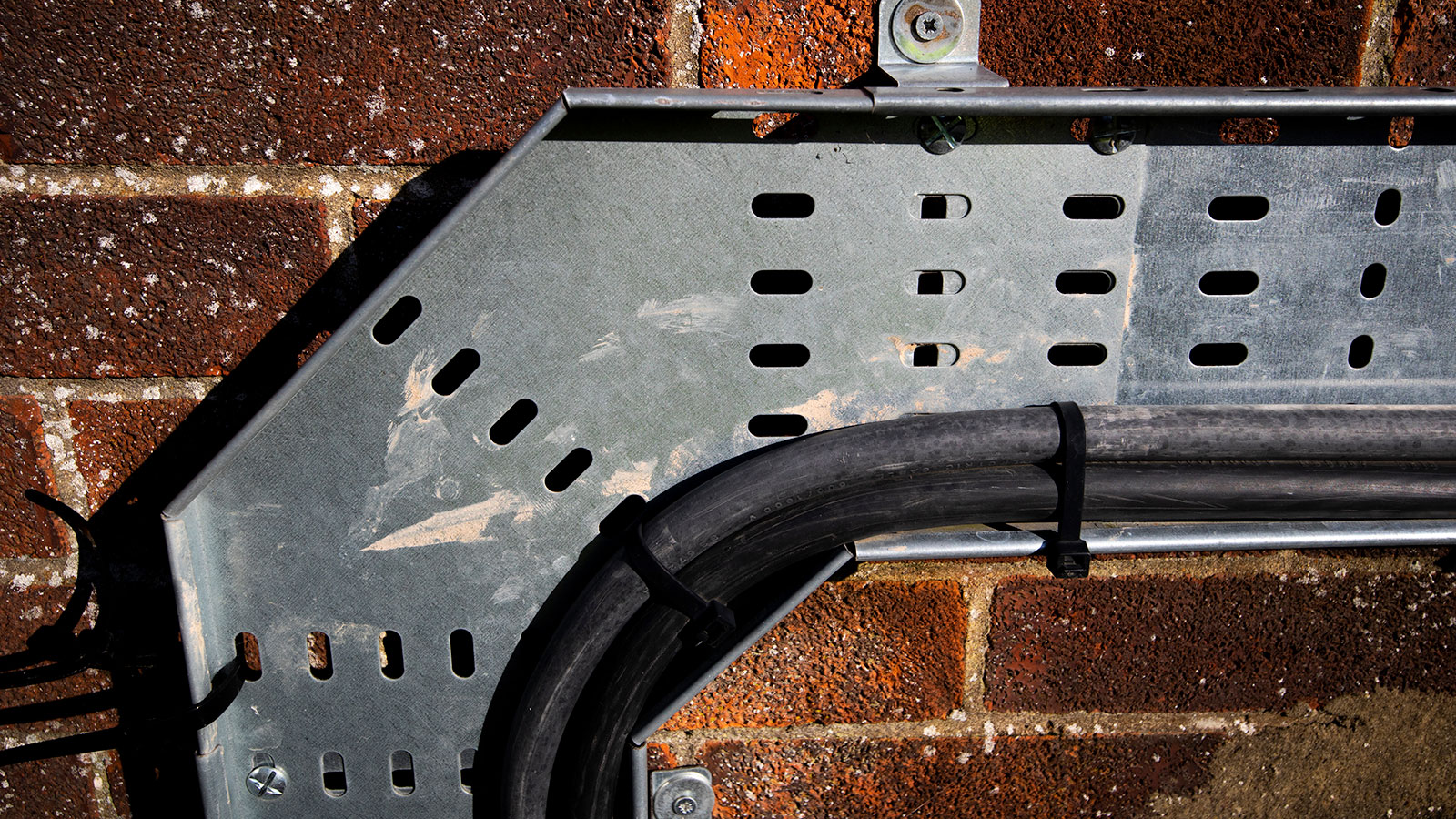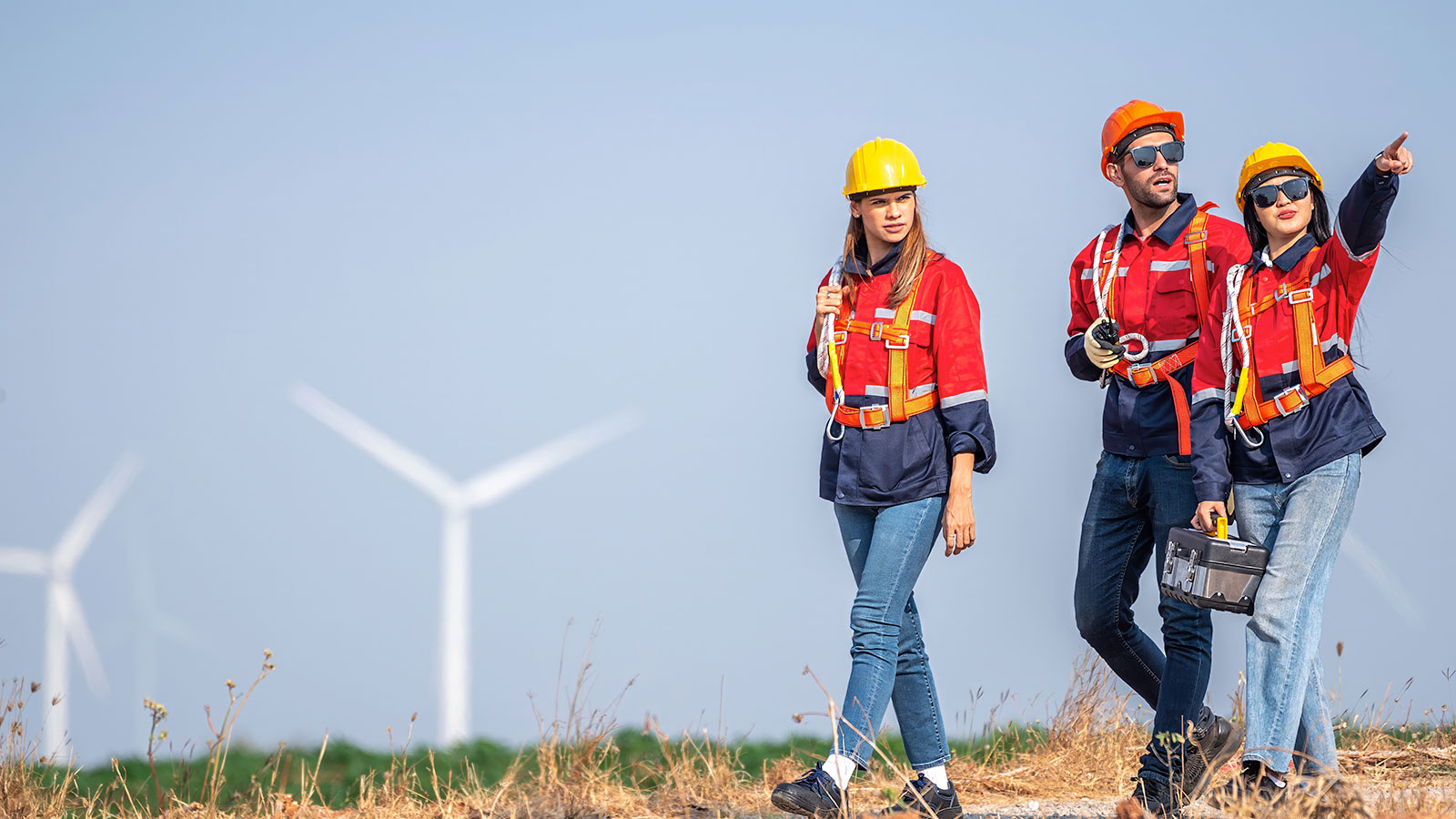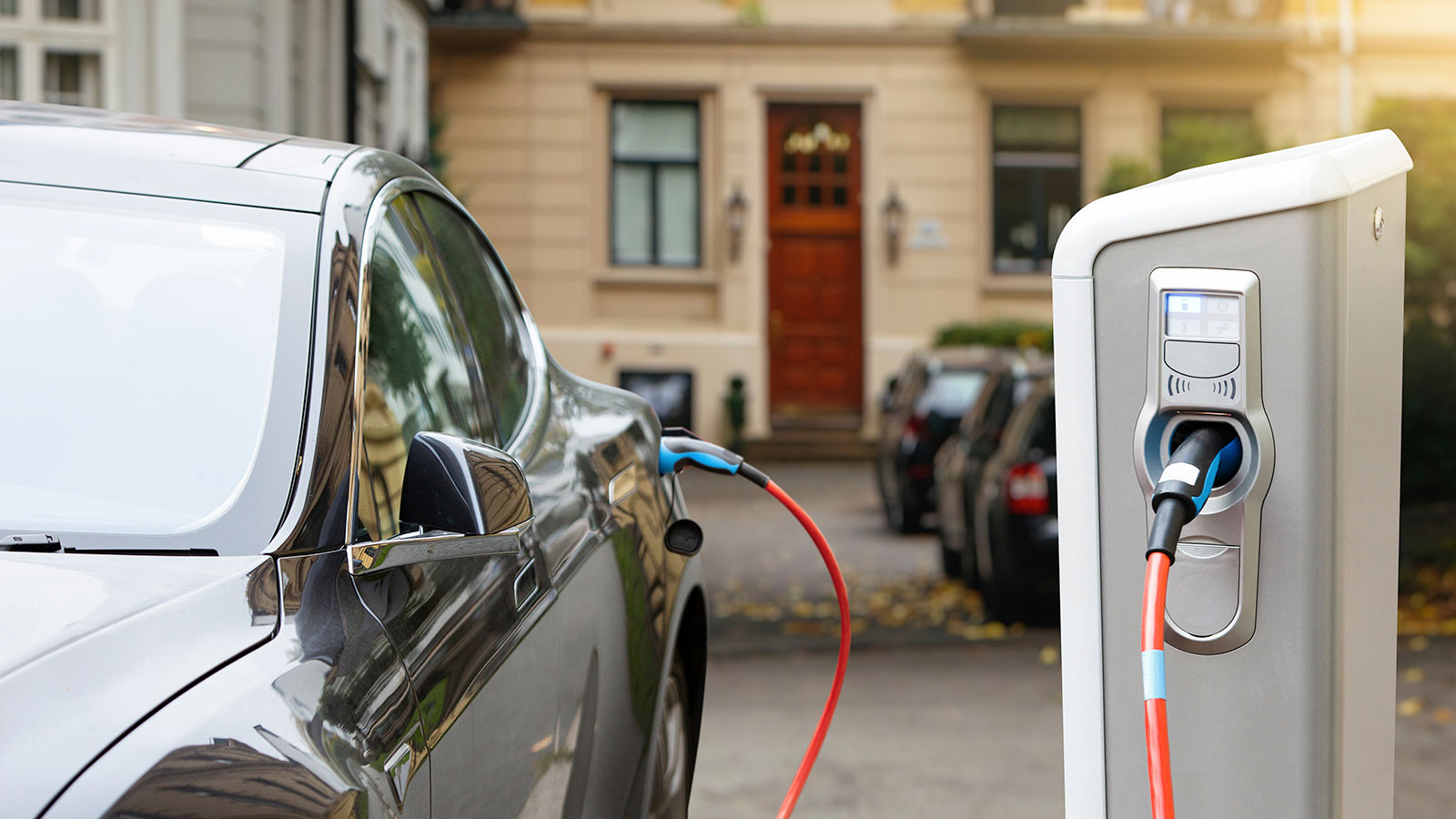If humanity is to transition to Net Zero by 2050, we’ll have to completely phase out fossil fuels in the next 30 years. Developing renewables is essential, but we’re making the job 8% harder than it has to be, says Ged Hebdige, Technical Director at voltage optimisation specialist, Powerdown220.
According to the Climate Change Act, the UK is legally required to reduce greenhouse gas emissions to 0% of 1990 levels by 2050. There’s no doubt that switching from a fossil fuel powered energy system to a renewable electricity powered one is the way to do that. But a hangover from the standardisation of European grid voltages means that, across the country, many of us are using around 8% more electricity than necessary.
Meet in the middle
Historically, the grid supply in the UK and Commonwealth nations was approximately 240V, while it was 220V in Continental Europe. In 1993, to streamline manufacturing and avoid the need for two separate sets of equipment for different regions, the European Union opted to standardise the voltage to 230V.
As a result of this decision, the UK National Grid is required to provide voltage at 230V, with a tolerance of plus 10% or minus 6%. In other words, the voltage supply in the UK should fall within the range of 216V to 253V.
All electrical equipment marked with the CE symbol is designed to function properly at 220V. That’s within the range of UK grid voltage but well below the average supply of 242V. This means that electrical equipment in the UK is being consistently overvolted. The grid supply voltage is higher than necessary, and the extra voltage is wasted energy.
Financial consequences
For businesses, perhaps the most significant consequence of overvolting is an increased electricity bill. On average, I normally see companies paying 8% more than necessary, though it ranges from five to 12. This was felt most keenly in August 2022 when day-ahead baseload contracts hit a record high of £364 per MWh.
For companies with high consumption, 8% is not negligible. In 2022, the UK used 320.7 TWh of electricity and, even at 2024’s relatively low tariffs of £76 per MWh, 8% of that consumption would be worth £1.9 billion.
Running electrical appliances at higher voltages can also shorten their potential lifespan, increasing maintenance costs. According to UK Wiring Regs, the BS 7671 requirement for electrical installations, state that “any CE marked appliance with a design voltage of 230V, when required to work at a constant voltage of 240V and above, will consume more energy and suffer a shortened working life of up to 46%.”
One reason for this is that overvolting increases heat in an electrical appliance. It’s difficult to quantify exact numbers but, in general, every increase of 10°C halves an appliance’s lifespan.
Sustainability
Arguably far more important than short-term financial impact are the long-term environmental effects of wasting that much energy. To achieve Net Zero as quickly as possible, efficiency is the name of the game. The more energy we waste, the more we have to produce, and while renewables are an essential part of the energy transition, minimising wastage should be a priority.
Voltage optimisation (VO) technology can help here. The basic principle behind VO is to reduce the voltage level from the average 242V of the incoming grid supply to match the 220V that electrical equipment needs.
VO is a transformer-based technology and acts as a buffer between the incoming electrical supply and the equipment receiving it. An optimiser lowers the voltage by a fixed amount, reducing it to the level equipment was designed to receive.
If it is adopted more widely, strain on the grid will decrease, meaning that less power needs to be generated using fossil fuels, a greater percentage can come from renewables and overall efficiency will increase.
What about complex electrical systems?
Quite often, the best solution is simply installing a large VO system at the incoming power supply. This is not always the case, though. For example, I worked with a large bank to reduce the energy consumption of its data centres without drastically changing the existing electrical infrastructure.
The servers at each data centre drew their power from an uninterruptible power supply (UPS), essentially a large battery which was fed from the mains supply. Because the UPS dictated the voltage the servers received, installing a VO system before the UPS wouldn’t have made much difference to what the servers received, so would have a longer payback period.
However, for many data centres, the biggest electricity cost is caused by the cooling systems that stop the servers overheating, rather than the servers themselves. At the bank, we were able to install a smaller VO unit on the system that ran the cooling fans and pumps. The smaller VO unit not only cost less and so paid for itself sooner, it let us target the components where we could maximise energy savings – overvolting was making the cooling system components themselves produce extra heat, so stopping that was a double win.
Integration with renewables
For the UK, integrating more renewables into the grid could cause more fluctuations in voltage because generation is weather dependent. For instance, voltage might rise on a windy night when demand is low. Using VO would protect a facility with high consumption round the clock from finding its components being overvolted or its consumption suddenly increasing while national demand was low.
Furthermore, though people often consider electricity from wind or solar to be free after installation of the system, they are still paying for it. The tariff is the overall cost of installation divided by the value of power you get out of the system over its lifetime.
VO offers two main benefits when integrated with renewables. Firstly, reducing waste enhances the system’s power output, effectively reducing the tariff. Secondly, by minimising energy losses, VO can potentially negate the need for additional renewable energy system installations to meet desired power demands. For example, a planned £24bn project will connect the UK to a solar and wind farm in Morocco. When completed, what percentage of the UK’s electricity demand do you think it aims to supply? 8%.
While renewables are an essential part of the energy transition, minimising wastage should be a priority. Voltage optimisation provides a great opportunity for organisations to instantly reduce energy consumption by around 8% and improve the efficiency of equipment, reducing energy wastage from heat and extending equipment lifespan.





